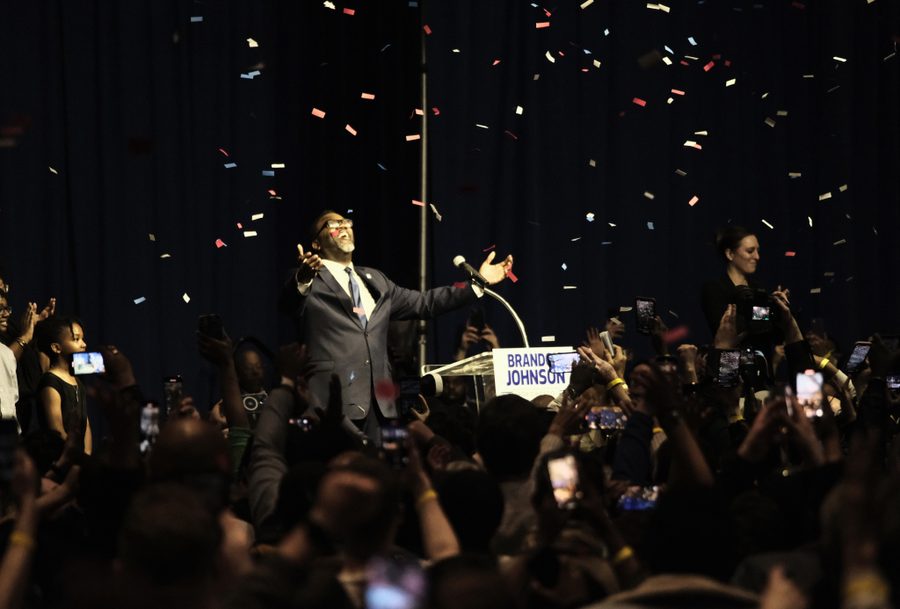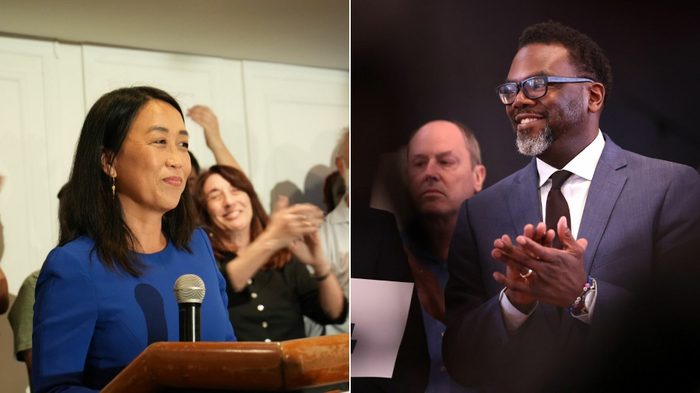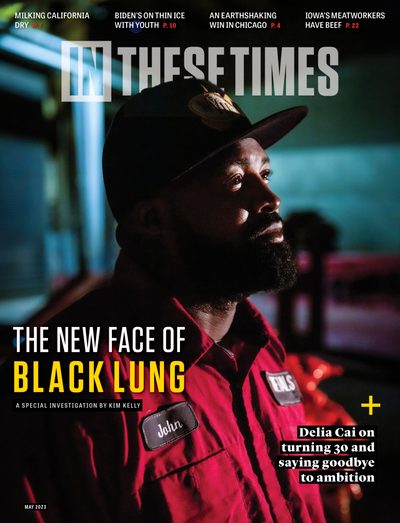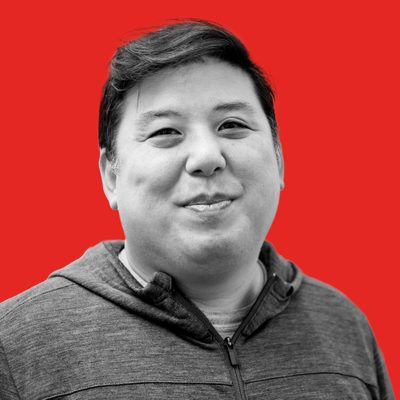
As Chicago’s 25,000 teachers walked out on strike in September 2012, I was looking for the right person to come speak about the historic action to a rag-tag group of downtown restaurant and retail workers who were hatching their own ambitious campaign.
I immediately thought of a middle school
teacher I knew who’d helped organize the teachers’
strike. As a newly hired organizer at the Chicago
Teachers Union, he’d stood out for many reasons.
Always dressed in tattered hoodies and torn
jeans, he had a willingness to take on ridiculous tasks, like planning a big rally on day
three of the strike with just a few hours’
notice. And he could always be counted
on by his comrades — once showing up on
his bike at 11 p.m., having pedaled nine
miles from the West Side of Chicago
after putting his kids to bed, to join an
encampment of parents and education
activists outside of the Board of Education building downtown.
Where Does Chicago's Working Class Movement Go From Here? Join Stacy Davis Gates, Ald. Carlos Ramirez-Rosa, Alex Han and Micah Uetricht for a conversation on the past, present and future of multi-racial working class politics in Chicago.
All through summer 2012, those restaurant and retail workers had been meeting weekly at a church just off of Chicago’s famed Magnificent Mile to plan a citywide campaign for higher wages, dignity and respect. When that middle school teacher came and spoke, the workers listened. “You’re the ones who really hold the power,” he told them. He was passionate about the need to fight for workers in all communities. They furiously took notes. They were filled with anticipation — and hope.
That November, those workers led a hundreds-strong march up Michigan Avenue — the first action under the banner of Fight for $15.
The workers who launched the Fight for $15 were young people who had largely grown up in Black and brown neighborhoods that had endured the brunt of disinvestment over the past decades. The energy created by the teachers’ strike was electric, something you could feel in the air, particularly in those same neighborhoods. Watching their teachers walk out on strike not just for their own pay and benefits, but for student and community needs, was an inspiration and a revelation — a huge push to make ambitious demands.

Nearly 11 years later, we are still feeling the aftershocks of that moment, of the intersection of worker power in schools and the broader economy. Teachers in Los Angeles went on strike in March — not for their own contract but in support of tens of thousands of school support workers, with SEIU Local 99, against poverty wages. Over the past year and a half, workers at dozens of food service and retail chains — most visibly Starbucks — have organized in every corner of the country.
And on April 4, Chicago elected that aforementioned middle school teacher, Brandon Johnson, to the mayor’s office. This moment marks one of the largest-scale examples yet of the progressive Left leading a winning electoral coalition, with centrist Democrats following behind. Rather than filling an office with a career politician who has some limited alignment to a grassroots movement, this election sees one of the key organizers of that grassroots movement itself winning the spot. It is also, ultimately, proof that the Left cannot win without being in close coalition with BIPOC leadership and in deep connection with the majority of BIPOC voters.
We’re not even halfway through 2023 and the race for the presidency in 2024 feels like it’s already begun. But the next election we need to focus on isn’t next year — it’s May 16, when former elementary school teacher (turned education-organizer, turned city councilmember) Helen Gym is on the ballot for mayor of Philadelphia. More than any presidential campaign machinations of the moment, what just happened in Chicago — and what happens in Philadelphia — sets the table for what’s possible for our country in 2024.
As a 501©3 nonprofit, In These Times does not support or oppose any candidate for public office.
Alex Han is Executive Director of In These Times. He has organized with unions, in the community, and in progressive politics for two decades. In addition to serving as Midwest Political Director for Bernie 2020, he’s worked to amplify the power of community and labor organizations at Bargaining for the Common Good, served as a Vice President of SEIU Healthcare Illinois and Indiana for over a decade, and helped to found United Working Families, an independent political organization in Illinois that has elected dozens of working-class leaders to city, state and federal office. Most recently he was executive editor of Convergence Magazine.









